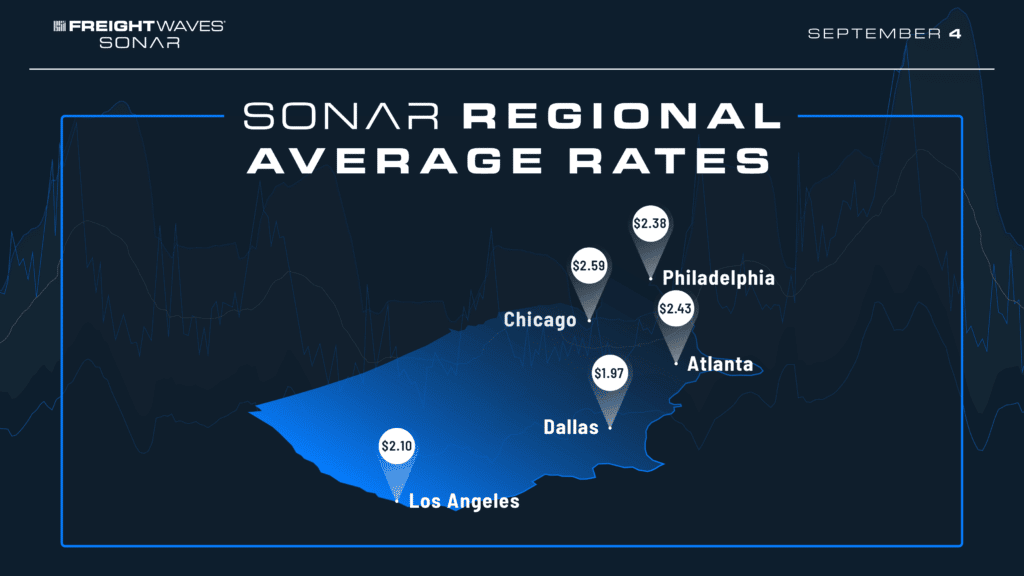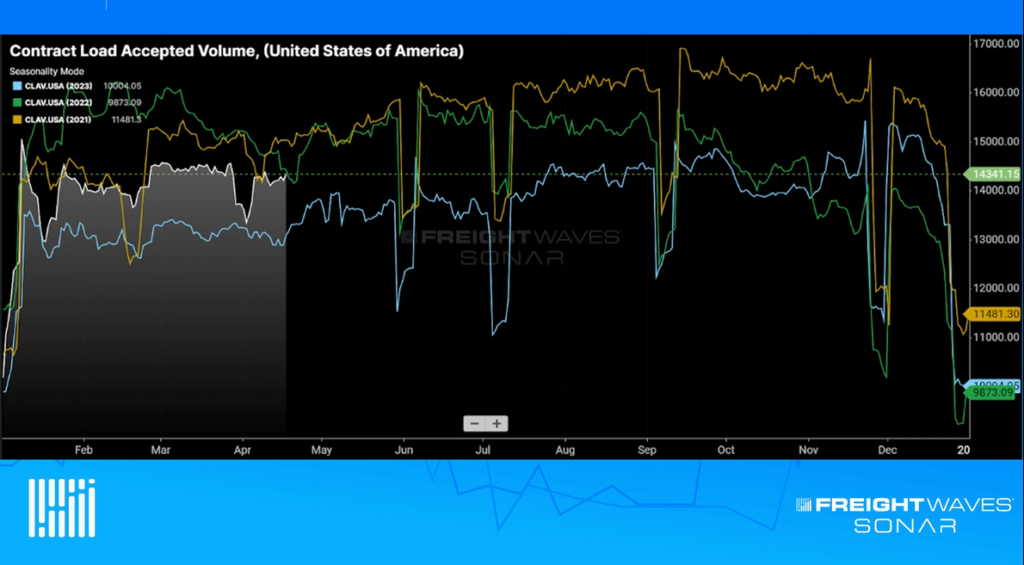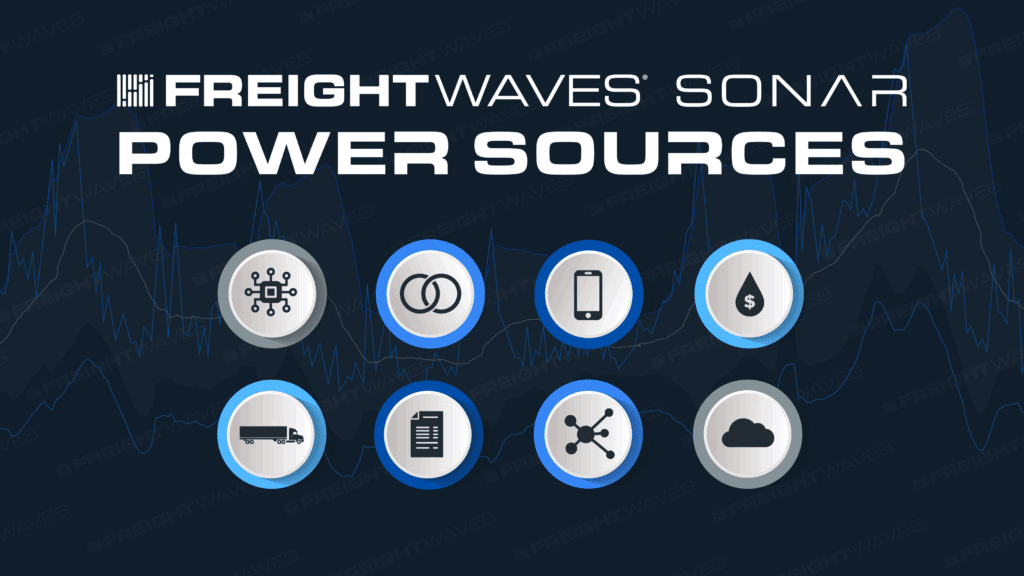The standard practice for pricing full truckload freight is the rate per mile. This allows freight forecasters to create logistics rate forecasts based on fixed costs rather than variable or one-time charges. The most common variable charges are the fuel surcharge (which changes weekly) and accessorial charges. By separating these costs a freight forecast can be built that can evaluate all charges individually to determine which bids have the most value for the lowest rate.
Standardized rate – Pricing full truckload rates at a rate per mile creates a standardization that is simpler for freight forecasters to analyze multiple bids on each lane. It is analogous to other standard pricing structures like price per square foot in commercial real estate or price to earnings ratio in stock market valuations.
The price to earnings ratio measures the stock price per share to the earnings per share. This metric allows investors to compare and contrast various companies of different sizes and debt to equity structures in a straightforward way. Rate per mile for the trucking industry allows freight forecasters to do the same for transportation rate analysis. By removing variable costs like fuel and accessorial charges, rates can be evaluated solely by the supply and demand fundamentals of each lane.
Fixed operating costs vs. variable fuel costs – Trucking companies measure costs on a per-mile basis. This includes driver pay and benefits, repair and maintenance, tires and insurance costs. The total estimated costs for all of the fixed expense categories of operating a truck are then divided by the estimated miles a truck drives in the same time-frame – usually based on annual numbers.
Fuel expenses account for almost 25% of the per-mile operating expense of a truck. However, oil and diesel prices are highly volatile and outside the control of trucking companies. This is the main reason why fuel costs are not included when pricing trucking on a rate per mile.
Fuel surcharges are usually tied to an underlying index that is reset weekly. The most popular index is the U.S. Department of Energy’s (DOE) diesel fuel updates, which are published each Monday. The fuel surcharge is then adjusted for that week’s loads and charged on a per-mile basis.
Benchmark rates over time – The fixed rate per mile pricing style allows freight forecasters to remove the “noise” created by changes in fuel to focus on truckload demand and truck capacity cycles over time.
These benchmark rate per mile data points paint the truest picture of how pricing has altered over time. It also allows for the truest comparison of bids between transportation providers and how their individual pricing has changed over time.
Accessorial costs – Accessorials are one-time charges that transportation providers charge for special situations. The most common are detention time at pickup or delivery, tarping charges for flatbed cargo, and lumper services to hire labor to load and unload trucks.
Often quotes will intermingle accessorial fees with per-mile rates, making it difficult to know where one begins and the other ends. Removing accessorials and other fees for individual loads creates a baseline rate per mile number that is not influenced by how different transportation companies charge for their services. The resulting baseline number creates the opportunity for freight forecasters to conduct a true transportation rate analysis based on an apples-to-apples analysis.
Once the rate per mile analysis is completed, freight forecasters can then analyze variable costs like the fuel surcharge and accessorial fees to determine where the best value versus price resides for all the freight bids provided by transportation providers.
SONAR offers proprietary data that comes from actual load tenders, electronic logging devices and transportation management systems, along with dozens of third-party global freight and logistics-related index providers like TCA Benchmarking, Freightos, ACT, Drewry and DTN.
SONAR offers the fastest freight market data in the world, across all major modes of traffic. The SONAR platform is the only freight forecasting and analytics platform that offers real-time freight market intelligence driven off actual freight contract tenders. Find out more about FreightWaves SONAR.












